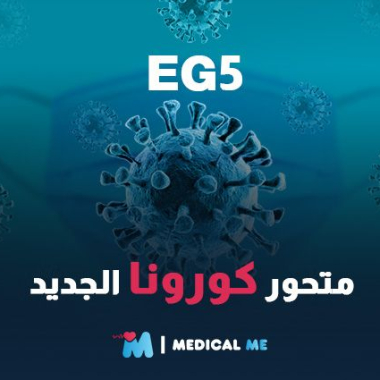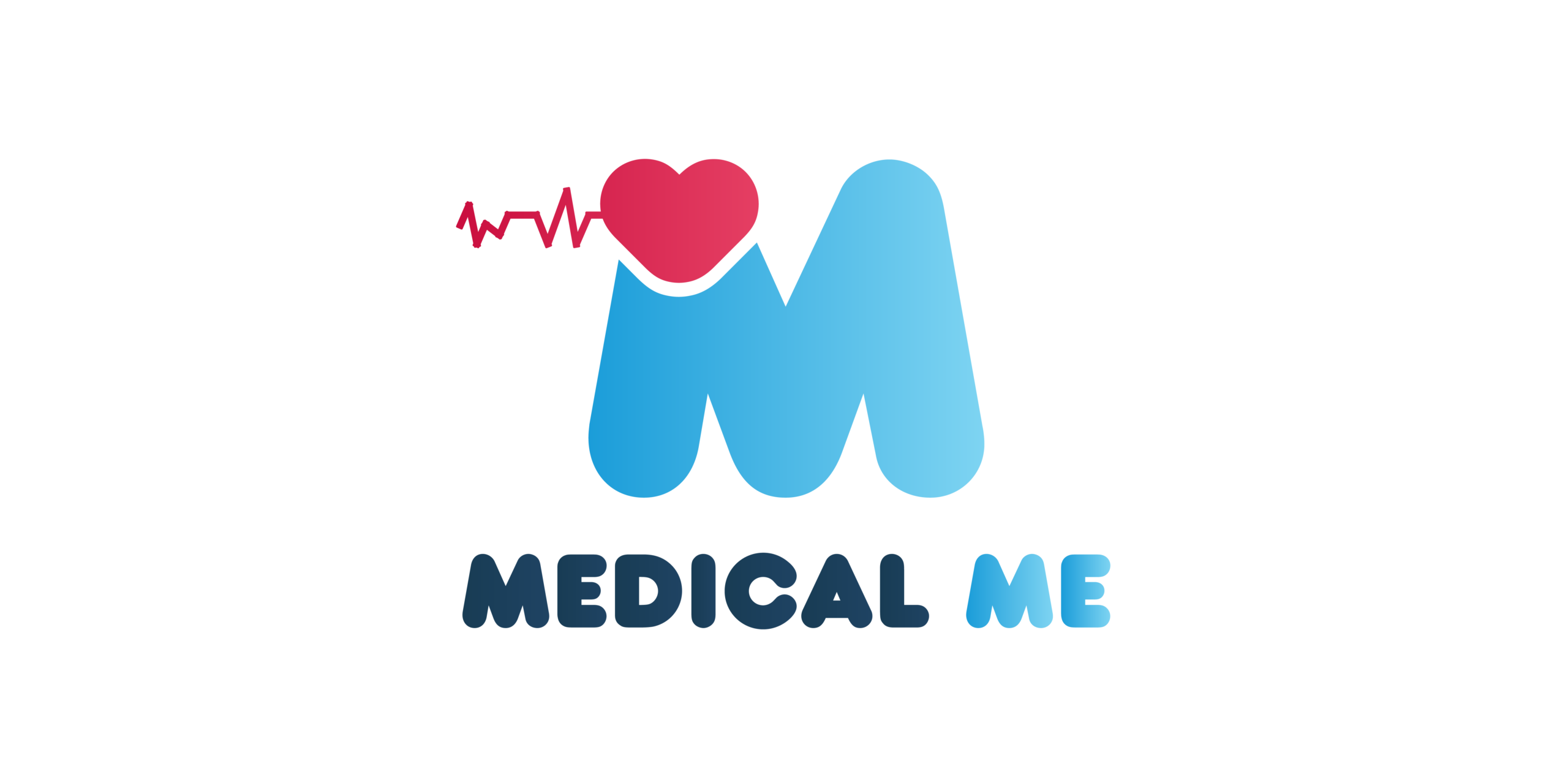Treat Sinus Inflammation
Sinusitis Treatment
According to digital search engines, the search for sinus therapy is at the forefront these days, with many people suffering from sinus inflammation, whose pain gives the impression that the headache has been sedentary and stable.
If you’re one of such people, this article about sinusitis treatment is for you; you might find out what’s causing your discomfort in it. However, before we get into sinus therapy, we need to identify the symptoms of sinus infection and how they’re identified.

What exactly are sinusitis, what exactly are sinuses:
Sinuses are bone cavities located between the eyes, behind the cheekbones, and on the forehead, and they are responsible for the secretion of mucosa, which maintains the nose moist from the inside and protects against dust, smoke, fumes, and other pollutants and allergens.
Sinuses are normally filled with air, but when they get clogged for whatever cause, they fill with fluid, which provides a fertile environment for germ growth, resulting in infection.
Symptoms of sinus infection:
Let’s get to know the sinus patient’s symptoms, which include:
- Pain at the front of the head, centered around the eyes, is severe and chronic.
- Breathing through the mouth and nosebleeds
- The loss of one’s sense of smell.
- Sometimes the temperature rises, which can be checked by using a simple home thermometer.
- The taste of the mouth.
- Let out a yellow or green mucus from your nostrils.
- Eye pain and swelling
- Throat discomfort.
Sinusitis home treatment:
Although many people suffer from sinus pain, a significant number of them do not take medicine, possibly because the degree of inflammation is not severe, their symptoms are mild, or the pain attacks the patient at irregular intervals.
Many people have turned to home therapy, with positive results in some medium-severity cases of sinus inflammation.
- Breathing water vapor reduces inflammation and hence discomfort by dampening sinuses, and steam therapy is preferably, by inserting some herbal leaves such as mint in it. To increase the intensity of the vapour, a towel is placed over the head.
- Utilization of air conditioner devices: To hydrate the air in the room where you spend the majority of your day, especially the bedroom, taking care to clean and sterilise the device on a regular basis to prevent germ growth.
- Nasal compress: Applying warm substances with light pressure to the forehead and nose regions helps alleviate the pain produced by sinus irritation.
- Comfort: Getting enough rest helps the body boost its immune system and resist inflammation, although higher head levels than the rest of the body must be considered during sleep.
- Drinking too much water and warm fluids.
- Take pain relievers, such as paracetamol or ibuprofen; aspirin should be avoided for children under the age of 16, and completely prohibited for those under the age of 12.
- Keep allergies and cigarette smoke at bay.
- Use of a common nasal solution: Sinus inflammation is reduced when the nose is cleaned with a saline solution. Using nose syringes or infant syringes, this technique can be done at home. Pre-boiled water and salt can be used to make saline, and the apparatus must be cleaned after each usage.
Diagnosis of sinus inflammation:
Although homoeopathic treatment can help ease pain, it is typically insufficient in severe and acute cases. A doctor must be seen in order to inspect and discuss a sinus inflammation treatment that will improve the patient’s chronic incontinence.
- Nasoscope: The nostrils allow you to examine sinuses from the inside, which allows you to detect a deviation in the nasal barrier or the presence of malignancies.
- Radiology: CT scans or MRI can show the features of the sinuses and nasal area, which may disclose the existence of deep inflammation, tumours, or some fungus that are difficult to detect through the nostrils.
- Skin sensitivity test: If a sinus infection is considered to be caused by an allergy, a doctor may offer a skin allergy test, which also helps to detect the allergic microorganisms responsible for occasional nosebleeds.
- In general, taking a sample of nasal secretions is not required to diagnose and treat chronic myelitis, but if the condition does not respond to treatment or worsens despite regular treatment, then taking a swab from the inside of the nose can help determine the type of bacteria or fungi that cause nasal infection; this helps to describe the treatment of nasal infection more precisely.
Medication for chronic sinusitis includes the following:
- Nasal corticosteroids: These are available in the form of an easy-to-use spray that enters the nose and works fast and efficiently to relieve sinus inflammation: Fluticasone\s Triamcinolone \sBodyzonid \sMomitazone \sPiclomethazone.
- Saline solution for the sinuses: Nasal desiccation aids in the treatment of sinuses by reducing infections and allergies.
- Oral or injection corticosteroids: These medications are used to alleviate inflammation from sinus inflammation, but they can produce dangerous adverse effects when used long term; thus, doctors limit their use to treating sinuses with severe symptoms exclusively.
- Sinus therapy with allergy medications: If allergic stimulation from a food or even dirt, dust, or the like is the cause of sinus inflammation, allergic drugs are used as sinus therapy, lowering the allergic reaction of the body that causes inflammation.
- The diaphragm lowers the quantity of mucus within the sinus and is available in the form of nosebleeds and pills, but it should not be taken for more than three days to avoid adverse effects that may cause additional congestion.
- Antibiotics in sinus therapy: If the infections are the result of a bacterial infection, the doctor will prescribe antibiotics; however, if the condition does not improve, a nasal discharge scan will be performed as previously reported, after determining which bacteria are responsible for the infection, and then the appropriate antibiotic will be used as a sinus treatment.
- The use of phlegm solvents in sinus therapy aids in the melting of mucus lodged in the sinuses.
- Use of antifungal in sinus therapy: If sinus inflammation is caused by fungal infection.
Surgical sinus therapy:
Because of the course of the ailment or the intensity of the symptoms, certain cases of sinus inflammation do not respond to medicine, and in these cases, surgery is the best alternative.
Periscope sinus surgery is performed, and blocked sinuses are wired, by removing the flesh zygotes or tissues that obstruct the sinus sinus, which may be accomplished by putting a tiny balloon into the blocked stream, blowing the balloon until the stream widens, and then withdrawing the balloon.
To summarise, dear reader, sinus inflammation is a chronic disease that can be addressed by combining medication with home therapy and avoiding causes with our best wishes for continuing health and wellness.
Resources:














